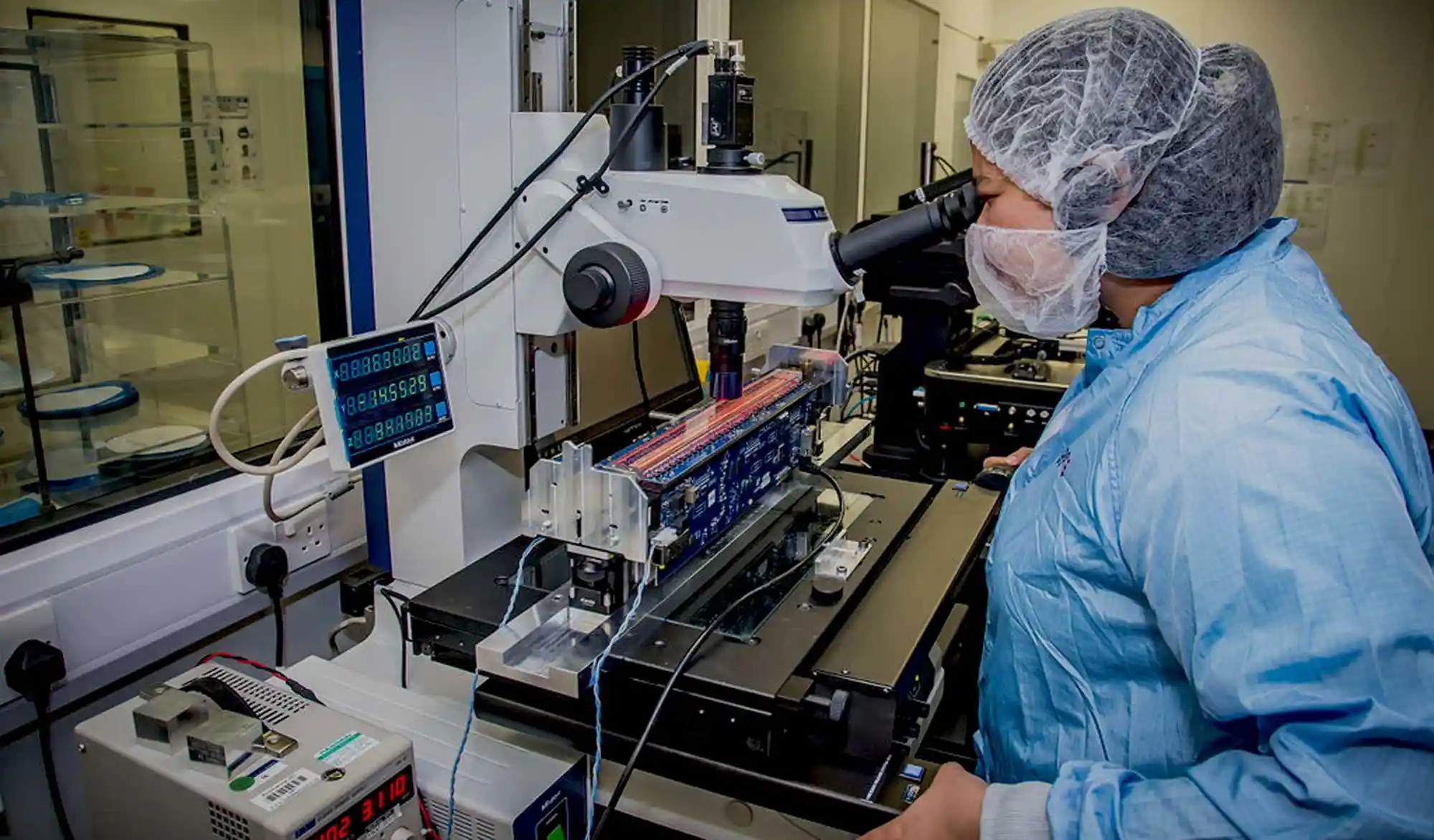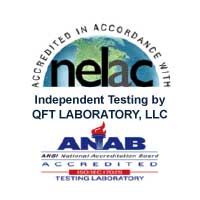Have you ever been curious about can a water purifier purify mud water? Well, if so, you’re not alone. Many people wonder if a water purifier can effectively remove dirt and other particles from muddy water. The truth is, yes, it can—but it depends on the type of filter your purifier has and how much sediment is present in the water.
Clean, drinkable water is essential for human health and well-being. Unfortunately, many parts of the world lack access to clean drinking water, and spend hours every day walking to collect water, making it difficult for communities to stay healthy and productive. Fortunately, some solutions can help transform dirty water into clean drinking water.
What Is Mud Water?
Mud water is exactly as it sounds—it’s a mix of soil and water and has a very thick consistency. The mud in mud water typically comes from riverbeds, ponds, and other bodies of fresh or saltwater.
While some people think that mud water can be used for drinking, the truth is that it’s not safe to consume without proper treatment. This is because mud contains many impurities like bacteria, viruses, chemicals, pesticides, heavy metals and other potentially hazardous materials.
The presence of bacteria and viruses, disease-causing microorganisms, and other pollutants in water can make people sick.
The Causes Of Unclean Water
Unclean water is caused by a variety of factors. Poor sanitation practices, global warming, natural disasters, and poverty are just some of the reasons why many countries lack access to safe drinking water.
These issues are further compounded by the fact that many countries suffer from severe droughts or lack the proper infrastructure for treating their existing water sources. As such, it becomes increasingly difficult for those affected to access drinking clean water.
Read More: UVC LED Purification for Waterborne diseases
What Is Water Purification Technology?
Water purification technology is a process used to transform dirty or contaminated water into potable, drinkable, safe drinking water by removing contaminants such as bacteria, chemicals, metals, viruses, pesticides, parasites, and sediment.
The goal is to make the water safe for human consumption while also increasing its aesthetic qualities (such as taste and odour). There are various methods used to achieve this goal – let’s take a look at some of them!

Types Of Water Filter
When choosing a water purifier for mud-filled water, it’s important to understand that not all filters are created equal. Some filters are designed to remove small particles like sand, while others are intended to filter out larger items such as sticks or stones. The most effective filters for mud-filled water are those with an activated carbon core.
Activated carbon is incredibly porous and as such can capture even the smallest particles from the water in its tiny pores—including mud and other contaminants.
However, activated carbon isn’t perfect; it requires regular maintenance and replacements due to its limited lifespan.
Another factor to consider when purchasing a filter for muddy waters is its flow rate; the faster the flow rate, the more quickly your filter will be clogged by dirt and debris, which means that you’ll have to change your filter more often than if you had chosen one with a slower flow rate.
Before You Buy A Water Purifier
It’s also important to consider other factors before buying a water purifier for mud-filled water.
For example, if you plan on using your purifier in an area with lots of vegetation or wildlife nearby, then you should make sure that your purifier has an adequate filtration system capable of removing bacteria and viruses from the water as well as dirt and debris.
This may require investing in additional filters that are specifically designed for this purpose. Additionally, many modern-day models come equipped with UV sterilizers which can help kill off any unwanted organisms living in the dirty waters before they reach your glass or cup!
furthermore, one should purchase a water purifier as per one’s family size. For a family consisting of one-four members, a water purifier with a storage tank capacity of up to 7 litres would best cater to the water consumption and food preparation requirements.
Read More: The Green Tech Boat Show 2021
Can A Water Purifier Purify Mud Water?
One of the most effective ways to turn dirty water into clean drinking water is through filtration. Filtration systems use a physical barrier or chemical agents to remove contaminants from the water supply.
The most common type of filtration system is a mechanical filter which uses physical barriers such as sand, gravel, or cloth to strain out contaminants. This type of system is often used in homes and businesses as they are relatively inexpensive and easy to maintain.
Chemical filters are also used in some industrial applications as they can be more effective at removing certain types of contaminants from a large volume of water.
Another way to turn dirty water into clean drinking water is through reverse osmosis (RO). RO systems use pressure to force contaminated water through a semi-permeable membrane which removes impurities from the solution.
These systems are typically more expensive than traditional filtration systems but they are much more effective at removing even the smallest contaminants from the water supply. They also require less maintenance than other methods and can be used on larger volumes of contaminated water with ease.
Finally, ultraviolet (UV) light can be used to purify contaminated drinking water by killing any bacteria or viruses present in the solution. UV light has been proven effective at killing harmful pathogens without introducing any chemicals or toxins into the environment.
These systems must be installed correctly and regularly maintained for them to be effective at destroying harmful organisms in the solution.

Advantages & Disadvantages Of Water Purification Technology
The advantages of using this type of technology to purify water include improved health outcomes due to reduced exposure to contaminants; increased aesthetic qualities such as taste; increased safety due to fewer pollutants entering our bodies; and cost savings over purchasing bottled or filtered tap water since you can clean your contaminated sources for free with these processes!
Some potential drawbacks include high upfront costs associated with investing in the necessary equipment; energy usage from distillation processes; and potential risks from incorrect implementation leading to an increase in contamination rather than a decrease (for example if not using proper filtration systems). However, if done correctly – all these risks can be minimized!
How Can You Purify Muddy Water At Home?
One of the simplest methods is to use a large jar or water bottle with a piece of clean cloth secured over the top. Simply set up two jars – one with untreated water, and the other empty – then pour the untreated water through the cloth to strain out particles of dirt and mud.
You can also try using rocks and sand in most jars or bottles; simply add a very small amount of clean sand or gravel into the vessel first, then fill it with untreated water before shaking gently. The rocks will help by settling down together at the bottom, pushing sediment-filled suspended particles further down along with them.
Another option for purifying muddy water is filtering it through coffee filters or other fine cloths that are capable of capturing the smaller particles. This process works by trapping the particles of dirt and mud in the coffee filter and allowing clean water to flow into a vessel beneath the coffee filter.
The coffee filters should be placed over a bowl or cup that is wide enough to allow all liquid to pass through while collecting the heavier sediment on top. It may be best to use multiple coffee filters if more than one layer of protection is needed when purifying muddy water.
Once filtered, boiling the water will help make it free from any germs or infectious agents present in the original sample. With ongoing access to purified water, these steps can easily become part of an ongoing process for improving our drinking water quality and preventing illness due to contaminated sources.
To sum up, we can easily purify muddy water by using coffee filters or other fine cloths that are capable of capturing the smaller particles and then boiling them to kill off any germs or contaminates in them. Doing so is an effective way of improving our drinking water quality as well as preventing any illnesses from contaminated sources.
Read More: Aegina continues to exceed expectations
Conclusion
A quality water purifier can help remove contaminants from mud water so that it becomes potable again but not all systems are created equal so it’s important to research what type will work best for your particular situation before investing in one! By considering factors such as size/type/quantity of contaminants present in your source along with features like maintenance requirements and cost-effectiveness you’ll be able to find the perfect solution for your needs! With a good quality purification system at hand, you’ll never have worry about having access to safe drinking water again!













